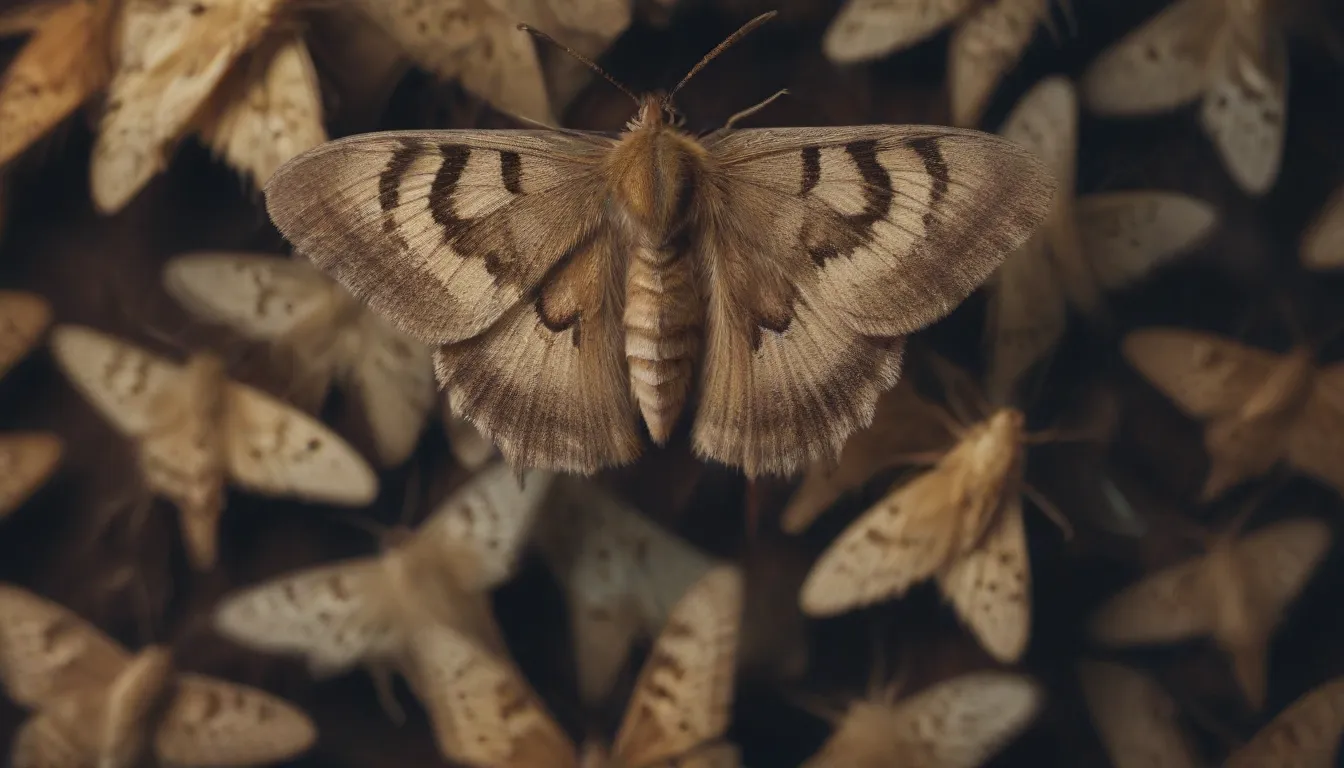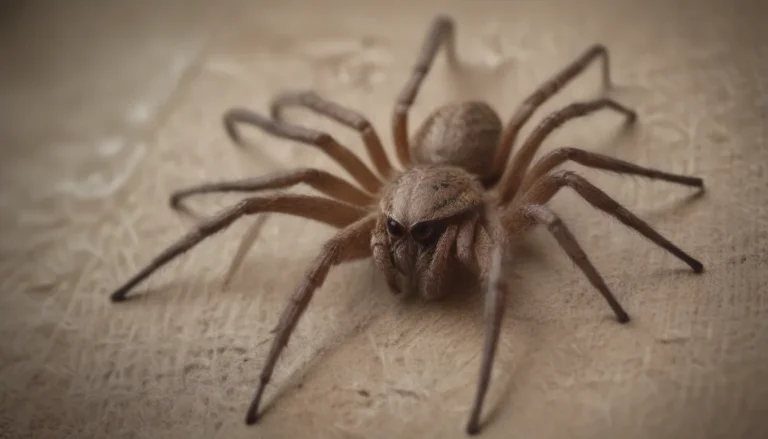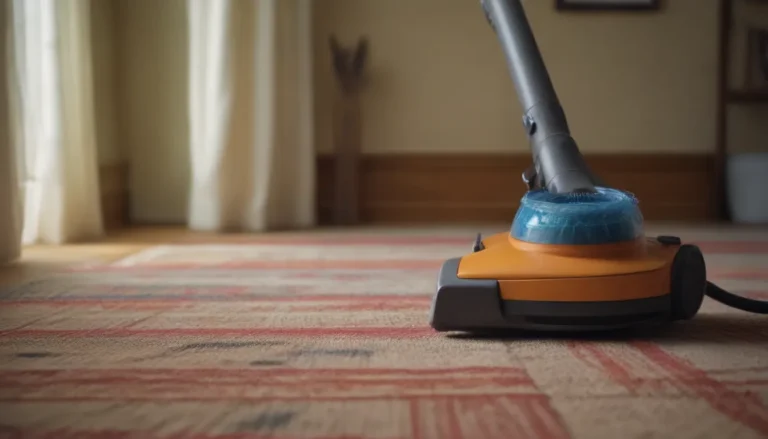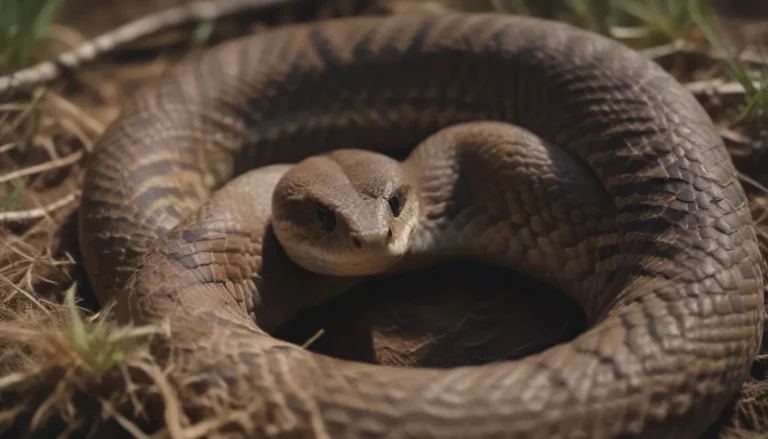The Ultimate Guide to Getting Rid of Clothes Moths

Are you battling with clothes moths wreaking havoc on your favorite fabrics? These tiny pests can be a nightmare to deal with, but fear not! In this comprehensive guide, we will provide you with valuable information on how to identify, eradicate, and prevent clothes moth infestations in your home.
Understanding Clothes Moths
Before diving into how to get rid of clothes moths, it is essential to understand the different types of moths that may be invading your living space. The two most common species found in North America are the webbing clothes moth (Tineola bisselliella) and the casemaking clothes moth (Tinea pellionella). Here are some key characteristics of each:
- Webbing Clothes Moth:
- Approximately 1/4 inch long with a wingspan of about 1/2 inch
- Gold in color with light gold hairs on their heads and brownish wings with spots
-
Makes a silken, tube-like “case” around its body
-
Casemaking Clothes Moth:
- Approximately 1/4 inch long with a wingspan of about 1/2 inch
- Gold to yellowish-gray in color with reddish-gold to coppery hairs on their heads
- Larvae are creamy-white with dark-colored heads and about 1/3 to 1/2 inch long
What Causes Clothes Moths?
Clothes moths feed on a variety of natural fibers such as wool, fur, mohair, and feathers. They are also attracted to fabrics stained with perspiration, urine residue, or dead insects. Moths lay their eggs on these materials, and when the larvae hatch, they feed on the fabric, causing damage and leaving behind webbing and holes. These pests are usually introduced to your home through infested articles and thrive in warm and humid environments.
Signs of Clothes Moths Infestation
If you suspect a clothes moth infestation in your home, be on the lookout for the following signs:
– Adult moths in dark areas like closets
– Clothes with visible damage, holes, or webbing
– Dried larval cases on fabric items
Now that you know what to look for let’s dive into how to effectively get rid of clothes moths once and for all.
3 Ways to Get Rid of Clothes Moths
- Dry Clean or Wash the Fabrics:
- To remove clothes moth larvae from fabric items, wash them in hot water over 120 degrees Fahrenheit
-
For delicate items, consider dry cleaning to prevent damage
-
Kill Them With Cold:
- Place affected items in a sealed plastic bag and freeze them for one week
- Ensure the freezer temperature is 0 degrees Fahrenheit or lower to effectively kill the moths
-
Clean the Affected Area:
- Thoroughly vacuum closets, chests, and upholstered furniture where moths may be hiding
- Pay close attention to corners and edges where moths may find a food source
How to Prevent Clothes Moths
Now that you’ve successfully eradicated clothes moths from your home, it’s crucial to implement preventative measures to keep them at bay. Here are some tips to prevent clothes moth infestations:
- Avoid Mothballs:
- Mothballs can be effective in contained areas but are not recommended for use in household closets
-
They pose a risk to children and pets and may not provide long-term protection
-
Consider Cedar:
- Cedar contains natural repellant oils that deter clothes moths
-
While it may not provide complete protection, it can be a natural and pleasant-smelling alternative
-
Use Pheromone Traps:
- Businesses in the clothing and fur industries use pheromone-baited traps to monitor moth presence
- Traps help detect male moths, signaling an infestation that requires immediate action
By following these preventative measures, you can minimize the risk of clothes moth infestations and protect your cherished fabrics from damage.
In conclusion, dealing with clothes moths can be a challenging task, but with the right knowledge and strategies, you can effectively eradicate these pests from your home. By understanding their behavior, implementing proper cleaning and storage practices, and taking proactive measures, you can create a moth-free environment for your belongings.
Remember, early detection and swift action are key to preventing clothes moths from becoming a persistent problem in your home. Stay vigilant, stay informed, and say goodbye to those pesky clothes moths for good!
For more information on managing clothes moths, check out resources from the University of Kentucky Entomology and the Northwest Center for Alternatives to Pesticides.
I hope this guide has been helpful in your battle against clothes moths. Stay proactive, stay informed, and reclaim your wardrobe from these unwanted guests!





